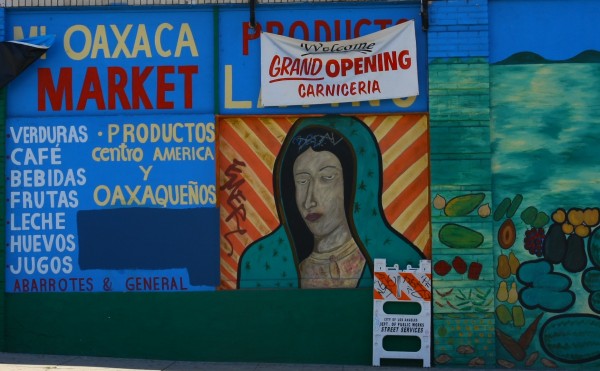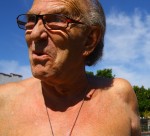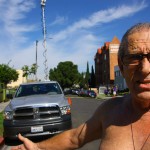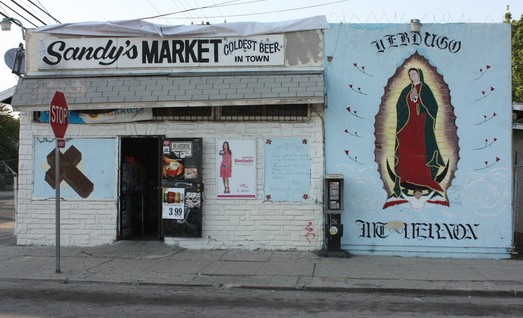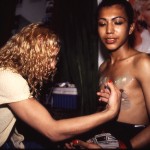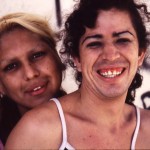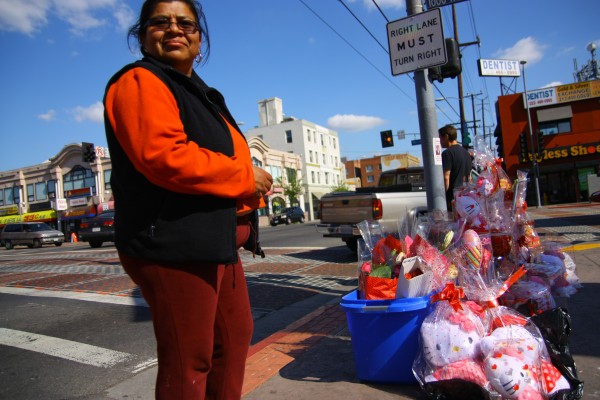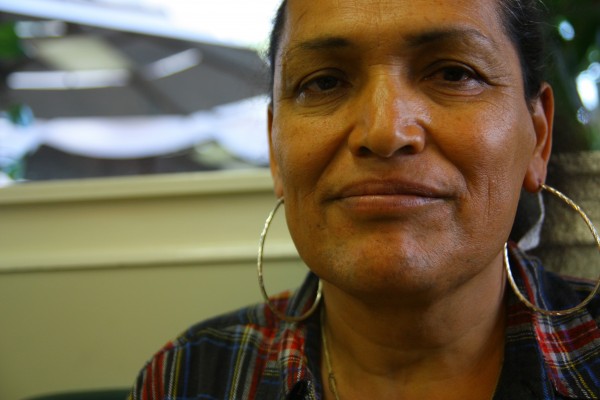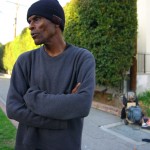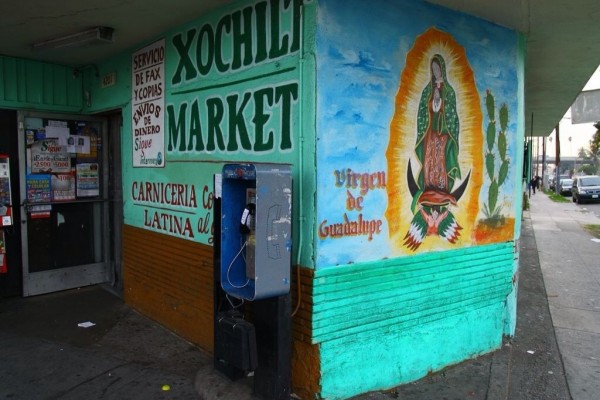Talking with a transgender woman the other day, I was informed of the following:
Tiny Lexington Avenue in Hollywood is known as a strip for transgender prostitution. Gang members from Central America tax the streetwalkers for permission to work. Sometimes they beat them, but not infrequently, they have sex with them.
“Mainly, the girls are Central American themselves; many of them have an arrangement with Salvadoran and Honduran gangs where they’re allowed to work and afterward they pay them and in many cases have sex with these Central American gang members,” she told me.
“I don’t know how these Central American gangs do it but many of them like to have sex with men in dresses. That’s an area where you see a lot of men with beards, with Fidel Castro like beards – they look like a young version of Castro, Castro in the 1950s.
“Ironically despite the extreme homophobia you’d find in these gangs, these Central American gangs, for some reason, they prefer boys in wigs to the more womanly types. I believe probably these gang members are some type of closeted cases that prefer to be in bed with a man with a beard and a wig. They might have these issues and they want the wig on top of the guy so they’d be able to say `I’m still straight because the guy was wearing a wig. If the dude was wearing a wig like a founding father, that makes me straight.’
“I think these gang members,” she said, “if they were in another situation, they’d be like West Hollywood folks themselves. Probably they’d be out of the closet.”

